
A couple of weeks ago I went to Metrograph for the first time to see The Juniper Tree an experimental film written and directed by Nietzchka Keene. What interested me initially about the film is that is stars a twenty year old Bjork and was shot in Iceland. The movie is based on the fairy tale written by the Brothers Grimm, which also was a factor in my decision to go watch it.
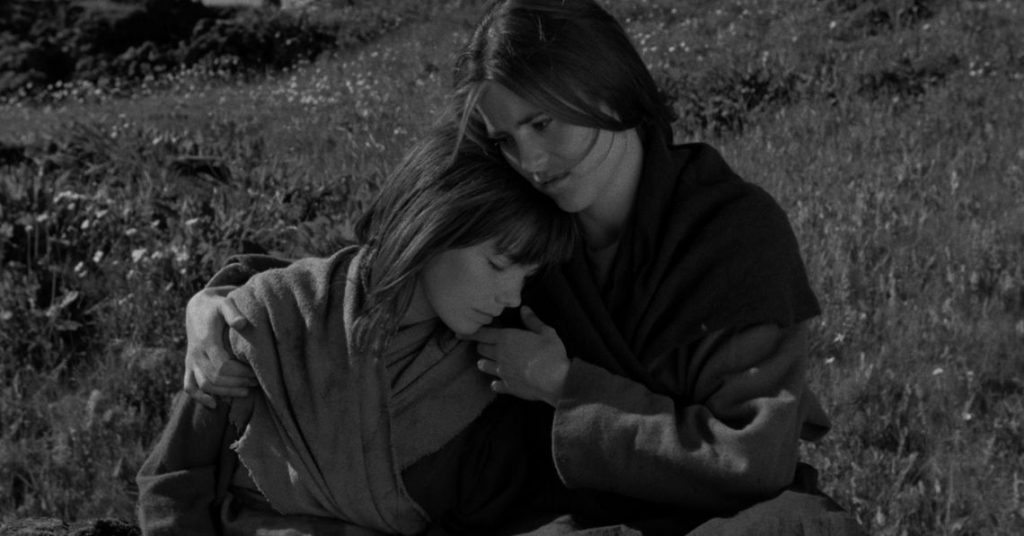
The film begins with two sister traveling away from their hometown after their mother was brutally killed by stoning and then set on fire due to accusations of being a witch. The older sister, Katla tells the younger sister Margit (Bjork) that she will find a husband and cast a spell on him to love her and support the two of them. When they come across a man named Johann whose wife had passed Katla does exactly that. What she didn’t expect was his young son Jonas to see through her rouse. The young boy sees Katla casting a spell and sewing her footprint into his father’s coat. He is cold towards her and suspicious of her actions, driving a wedge between her and his father.
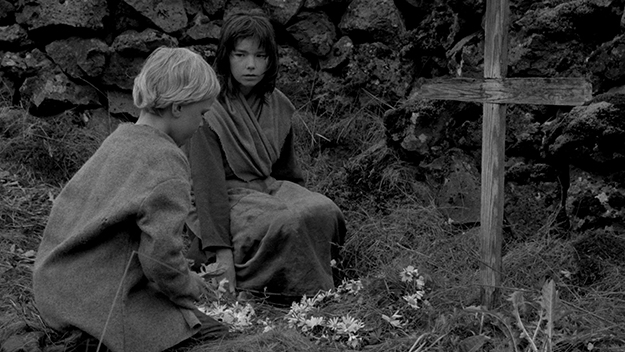
Margit and Jonas begin to connect and he shows her his mother’s grave. They put flowers on it and Margit finds a ravens feather. She enchants the feather and ties a string around it to make a necklace for Jonas, stating that his mother transformed into the raven and left the feather as a means to protect him. While by the waters edge with her sister, Margit has a vision of her mother. Unable to see into the spiritual world Katla begs Margit to explain what she sees, but she is unable to put it into words.
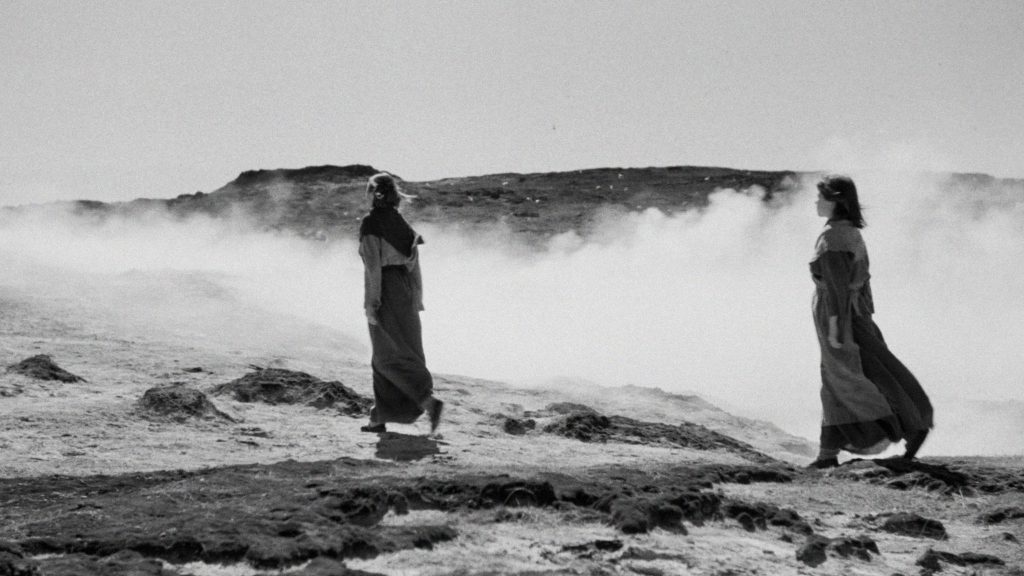
These visions happen more and more often, driving Margit to venture out into the wilderness at night, following her mother’s ghost to the edge of cliffs, under waterfalls, and through the woods. At dawn her mother calls to her and she wakes Jonas to join her outside. They sit in front of her mother, and the mother reveals a hole in her chest. Margit reaches her hand through the whole and the screen is filled with a flock a birds covering a clear sky. Coming out of the vision, Jonas is asleep beside her. When she wakes him he states that no one was there in the field with them, that he did not see what she saw. Later, Jonas becomes more and more suspicious of Katla and tells his father she is a witch. Johann wants to leave her but her magic is far too strong for him to break free.

Jonas becomes indifferent and runs away. Katla finds him and argues with him on the edge of a cliff but Jonas yells at her stating that her magic cannot harm him. He wields the feather that was from his mother and states that she is protecting him. She tricks him by saying if his mother is really protecting him that he should jump and see if he lives. Of course the young boy plummets to his death. Katla thinks that her problems are over, she sews the dead boys mouth shut, cuts off his finger and keeps it, then sends his body a float down the river. That night she cooks a stew and puts the boys finger in it, casting a spell that will cause Johann to forget about his son. As they eat, Margit finds the finger in her soup and internally freaks out, knowing what her sister has done. After dinner she buries the finger at the site of Jonas mothers grave.
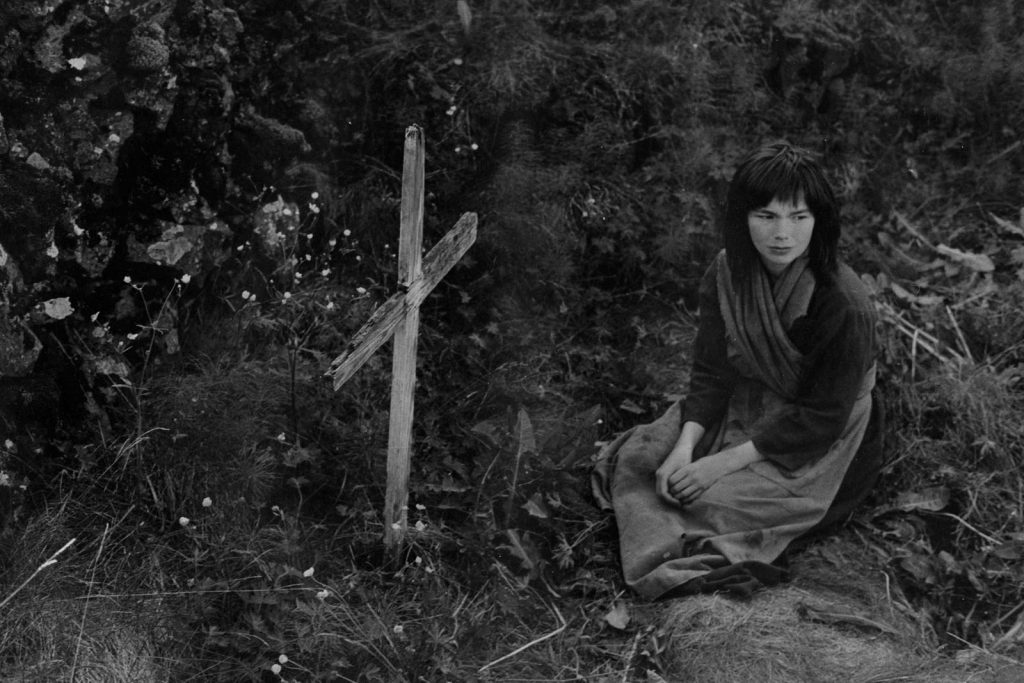
The very next day a large juniper tree has grown at the grave, and the raven has taken up residence in it. Margit rushes back to the house and confessed that her sister has killed the boy, but she did not mean to. Her sister flees the farm in fear of her life, leaving Johann and Margit alone together. They live on and continue to care to the tree and the raven.
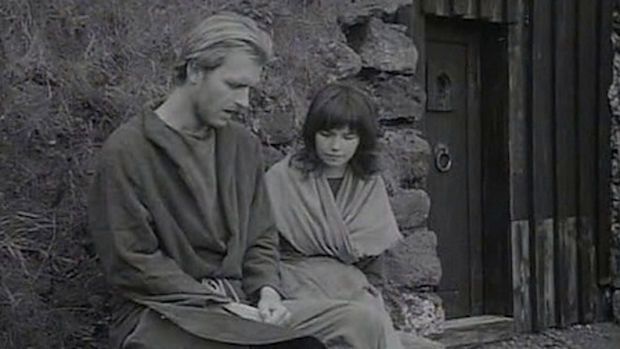
Many aspect of this film intrigue me and leave me grasping for meaning. First of all, I really enjoy the juxtaposition of Johann and Jonas Christianity and Katla and Margits Pagan practice. Another idea that comes to mind is the assumed naivety and innocence of woman, how seemingly the devil and woman do not go hand in hand, the age old conflict between ancient constructs and modern femininity. That’s why I appreciate Katla character, she is evidently evil which goes against the “ideal form” women “should” encompass. Keene breaks from these traditional ideals of women, and creates this dark female lead character.
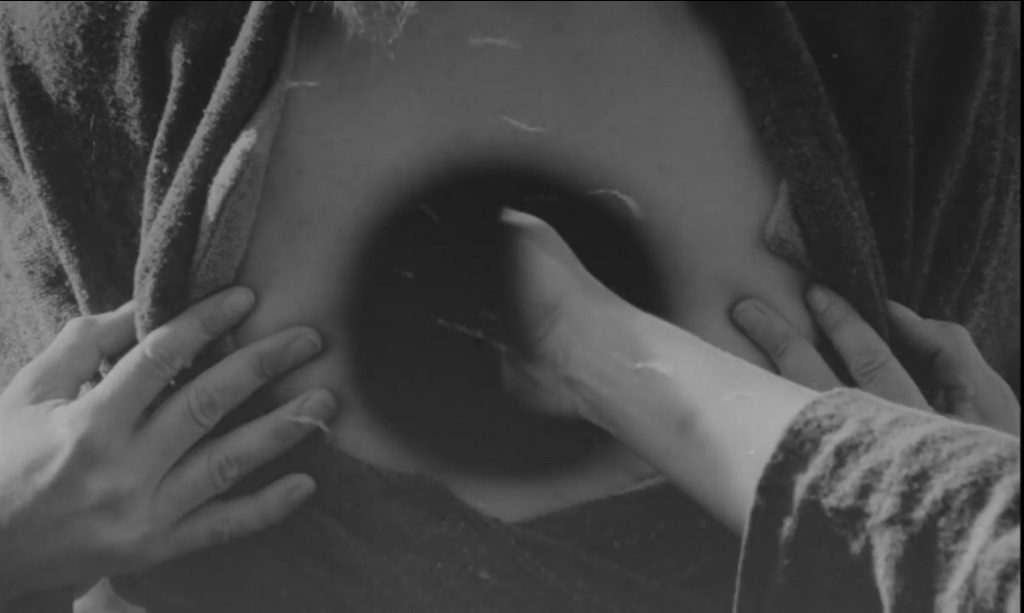
I appreciate the use of birds in this film as well. To me they symbolize the idea of freedom and change. When Margit explains that the raven is Jonas mother, it made me think that this is a necessary change in the boys life. He needed this to push himself to confront Katla and try to save his father from her suductive grip. When Margit touches the hole in her mothers chest she is transported into a flock of erratic birds flying in the sky. I understood this as her want to be free of the gift of sight, of the life that she is forced to live. Margit want freedom from her sister, from her life, to live as a normal child instead of being caught in confusing magical world that tortures her with visions of her deceased mother. Watching this film once was not enough to gain a true understanding and I want to see it again in the future.